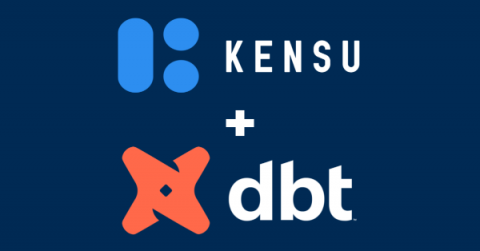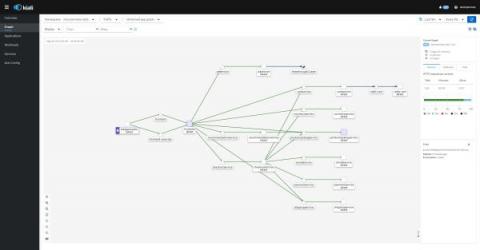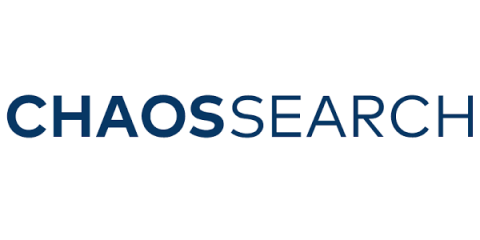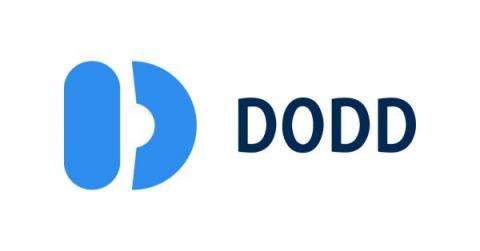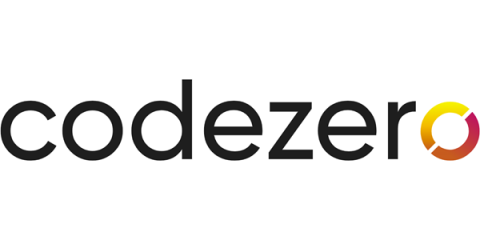Kensu enhances dbt to help data teams with out-of-the-box data observability
In this article, we discuss how you can avoid data pipeline breakdowns thanks to total observability through the use of dbt complemented with Kensu. Data quality problems tend to manifest in many ways. Here is an example.


